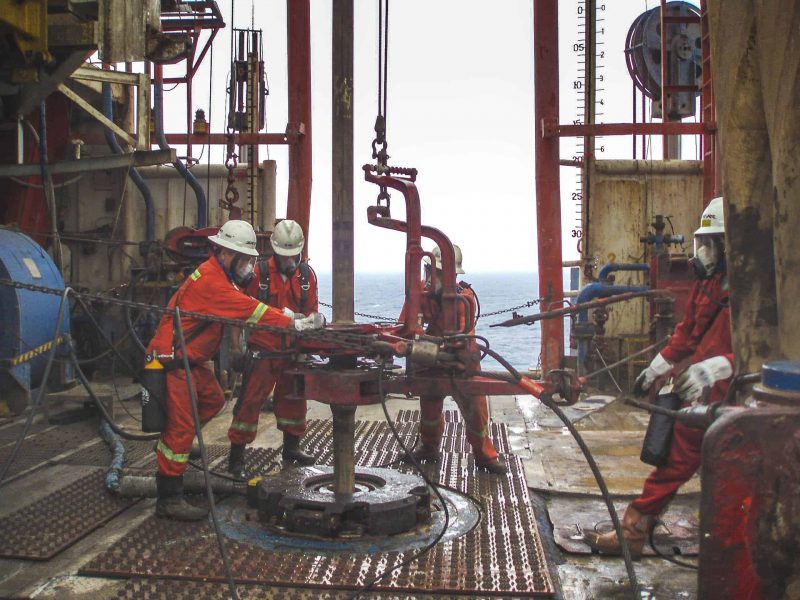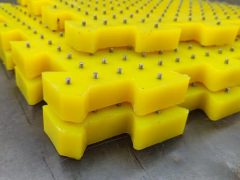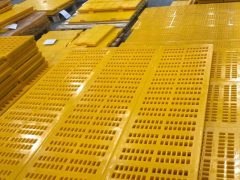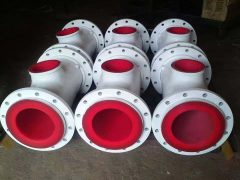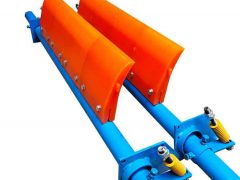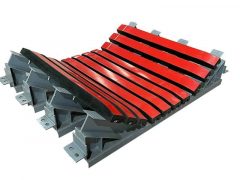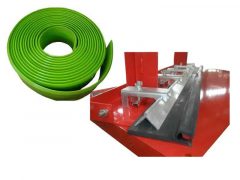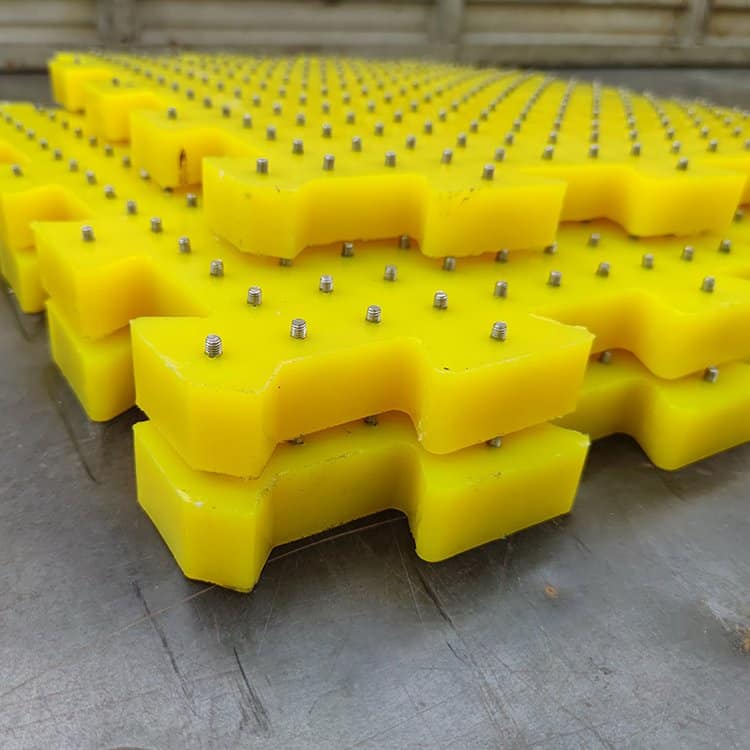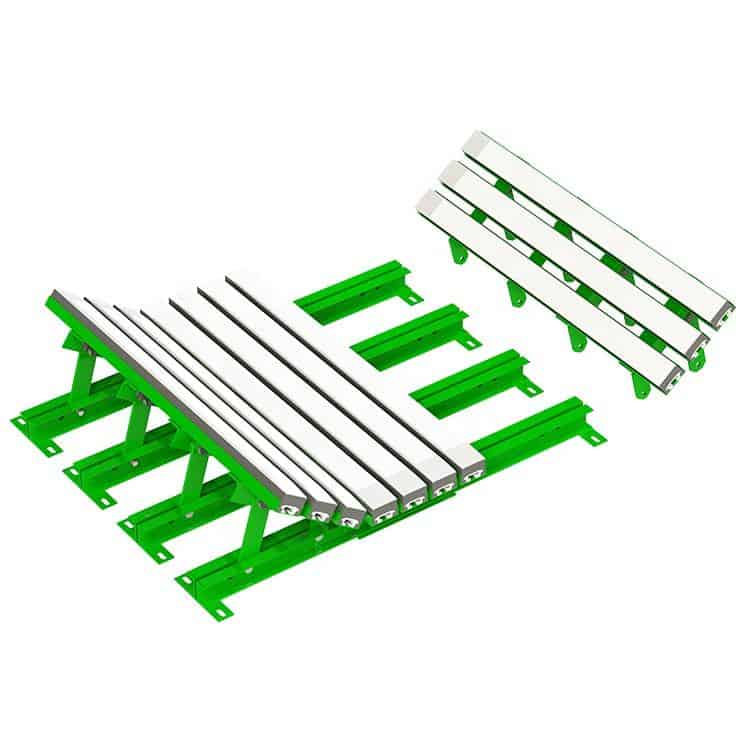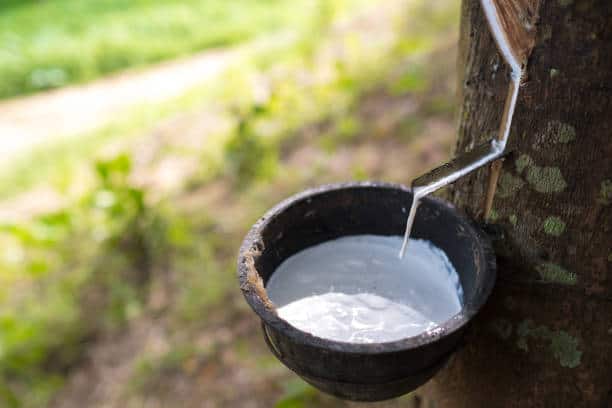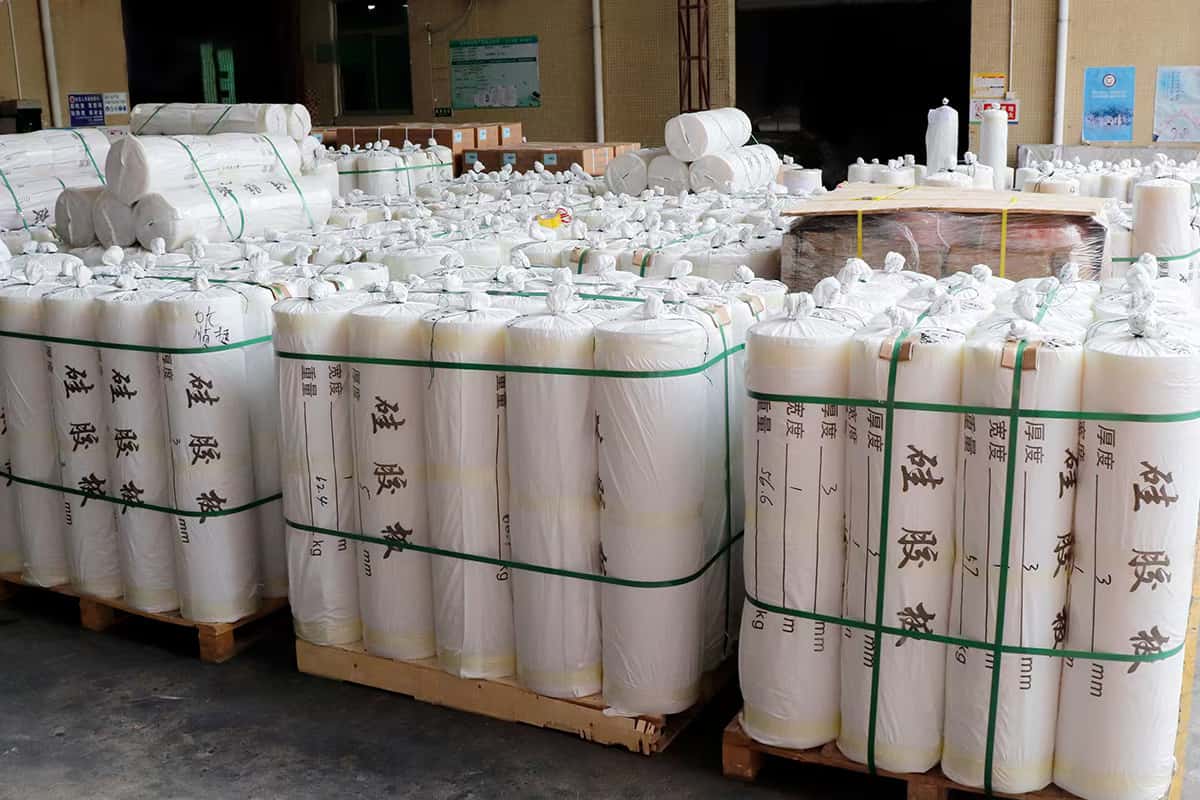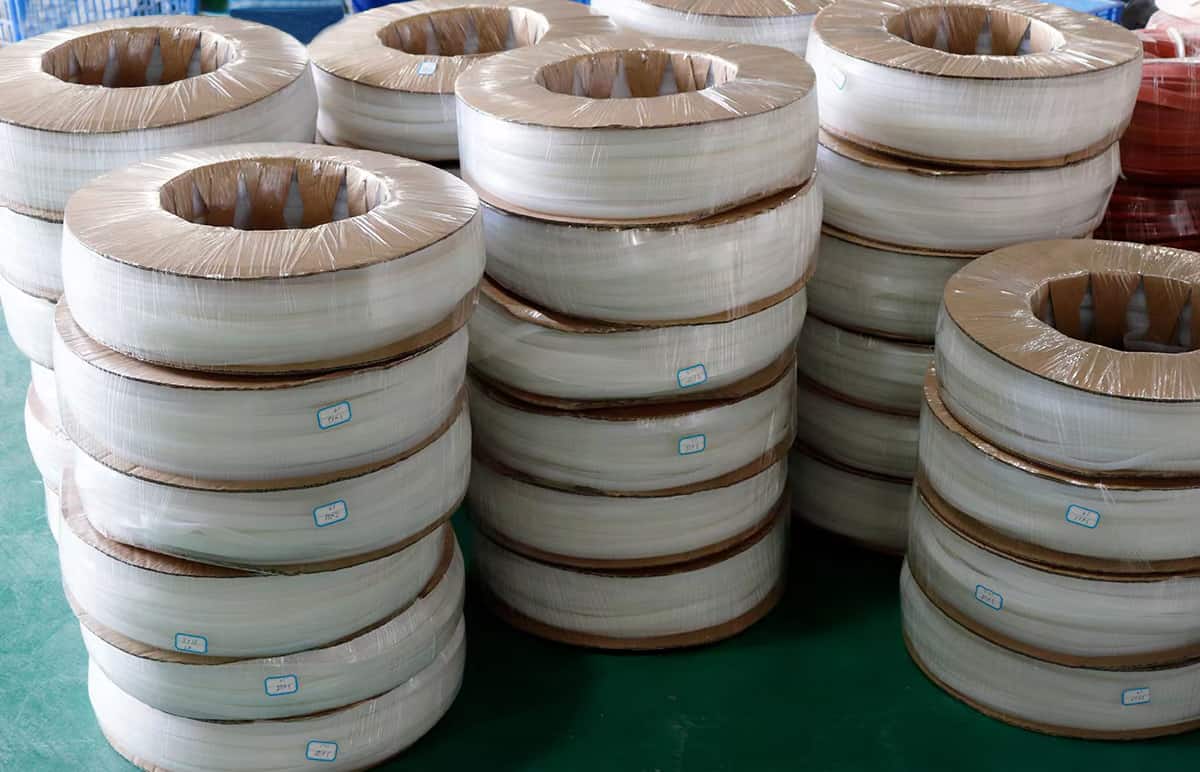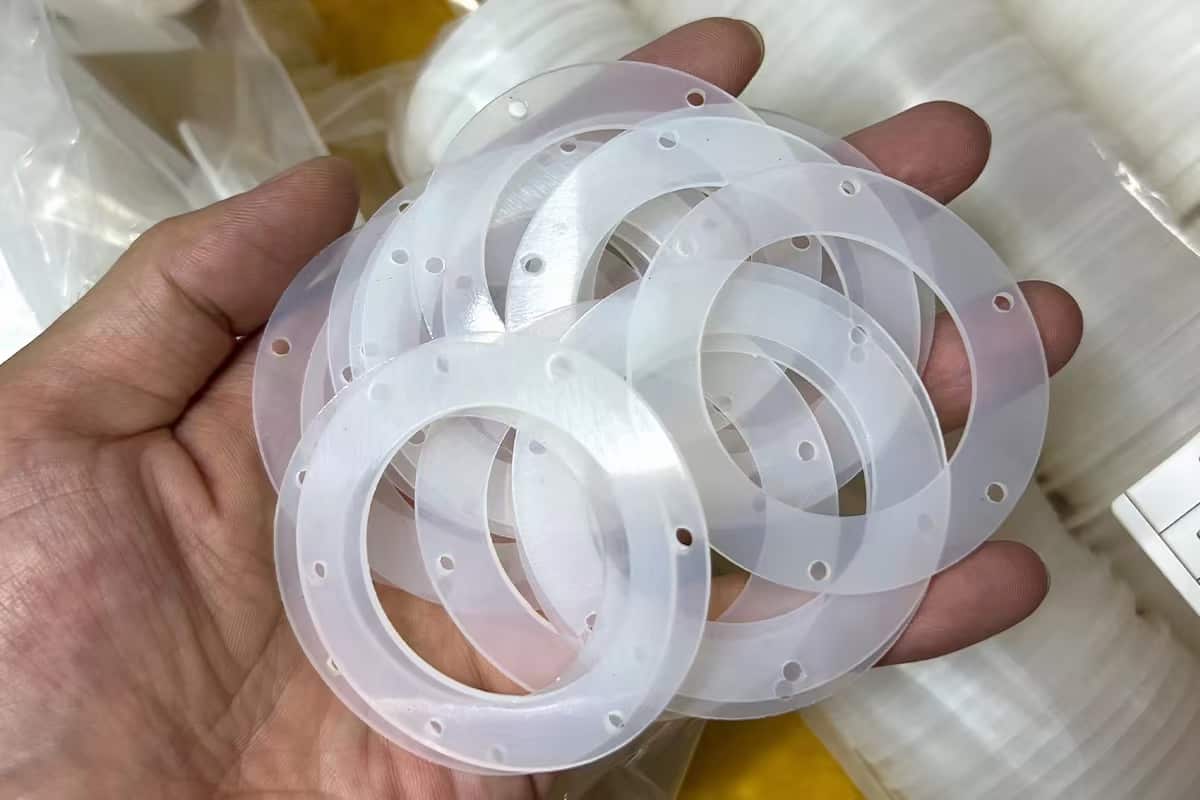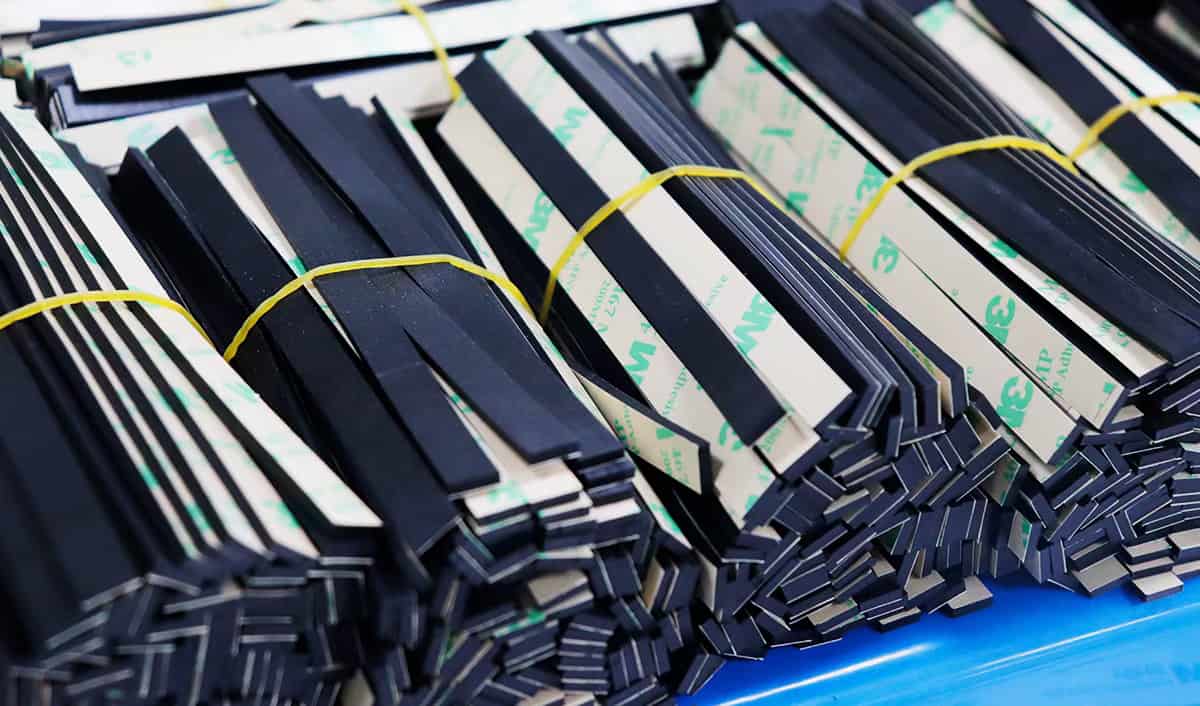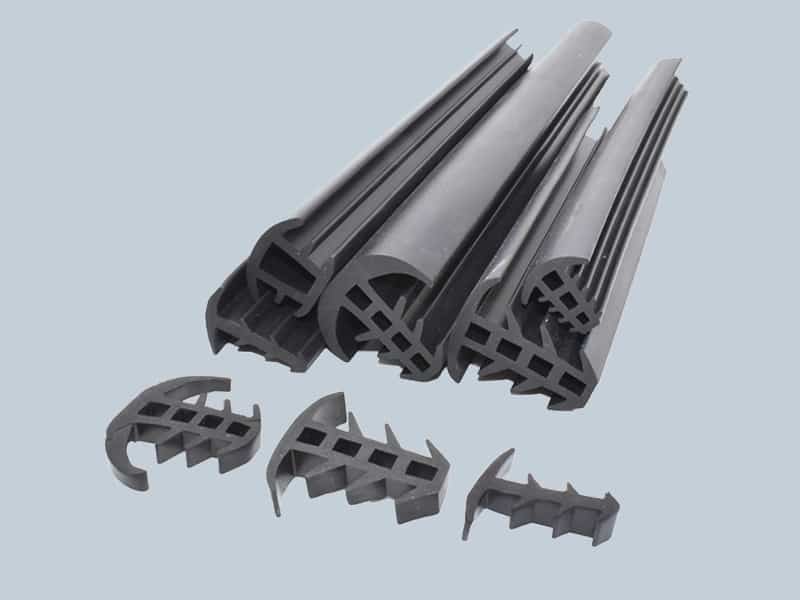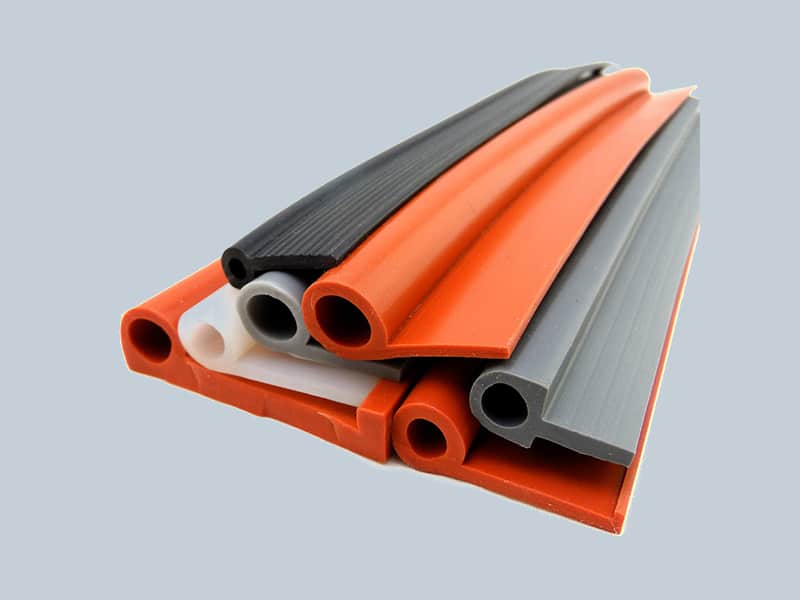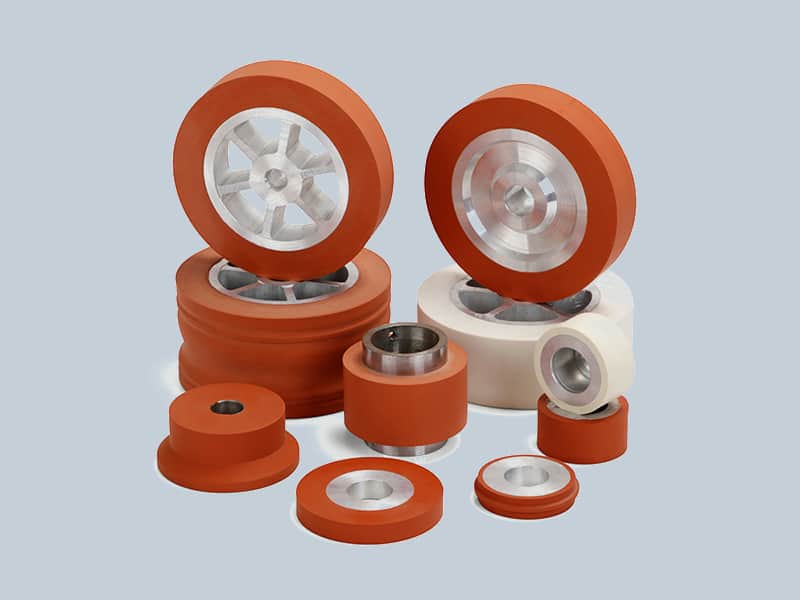Safety Topics of Drilling Rig
- Personnel safety is always a top priority on any drilling rig. Rig operators must ensure that employees use all appropriate safety equipment, such as hard hats and protective eyewear, and follow the necessary safety procedures when working in hazardous areas. Operators should also have an emergency response plan in place so that workers can get help quickly if they experience any issues while on the job.
- Environmental safety is another important factor to consider when operating a drilling rig. Drilling rigs must adhere to strict regulations concerning air emissions, wastewater disposal, and hazardous materials storage in order to protect local ecosystems from contamination or harm caused by their operation. Furthermore, operators must monitor the surface conditions of nearby bodies of water to ensure against spills or other environmental damage from occurring during drilling operations.
- Finally, operational safety is essential for ensuring the safe operation of a drilling rig at all times. Rig operators need to be aware of potential hazards such as shifting ground or unstable structures, and make sure that proper maintenance is done on all equipment used for drilling operations in order to reduce the risk of malfunctioning equipment resulting in an accident or injury on site. Additionally, rigorous inspections should be conducted regularly to identify potential risks before they become serious problems and cause further damage or injury.
Types of Risks:
Risk is an inherent part of drilling operations and must be managed in order to ensure safe operations. The types of risks associated with drilling rigs can vary widely depending on the type of operation, the type of rig, and the environment in which it operates. Common risks include mechanical failures, explosion/fire hazards, human errors or negligence, hazardous material spills and natural disasters.
Mechanical failures such as equipment breakdowns can have serious consequences if not addressed quickly and correctly. Rigs are complex pieces of machinery that require regular maintenance to operate safely; failure to do so can lead to malfunctions or accidents. Explosion/fire hazards may arise from flammable materials stored onsite or used during operations, which could lead to catastrophic results if not addressed properly.
Human errors or negligence should also be taken into consideration when assessing risk on a drilling rig. Poorly trained personnel or employees who don’t follow safety protocols present a hazard that must be accounted for through proper training and supervision. Additionally, hazardous material spills are often a concern with drilling rigs due to their proximity to potential sources such as chemicals used in the process and waste products generated by the operation. Finally, natural disasters like earthquakes or floods can cause significant damage if appropriate precautions are not taken ahead of time.
Mechanical Hazards
One of the most common mechanical hazards associated with drilling rigs is equipment failure. This can occur when machinery doesn’t work properly or malfunctions, resulting in injury or property damage. Workers should be trained to identify potential mechanical hazards and know how to safely use and maintain equipment. It’s also important to regularly inspect machinery for wear and tear, rust, weak spots, etc., so that any potential issues can be addressed before they become a hazard.
Another common mechanical hazard on drilling rigs involves slips, trips and falls caused by inadequate safety features such as ladders and guardrails. Working around heavy machinery can lead to a wide range of potential injuries if there are not proper safety features in place. To minimize these risks, employers should ensure that ladders have stable footing and handrails at the top; guardrails should be installed where needed; floors should be kept clear of debris; and workers should always use appropriate footwear when working on platforms or scaffolding.
Finally, noise levels are another important factor when it comes to ensuring safe operations on drilling rigs. Long-term exposure to loud noises from machinery can cause hearing loss over time, so employers must provide adequate hearing protection for their employees if noise levels exceed certain thresholds. Additionally, regular maintenance of equipment helps reduce noise levels created by malfunctioning parts or components that are worn out over time.
Electrical Hazards
Electrical hazards are one of the most common safety topics associated with drilling rigs. Electricity can be dangerous to personnel and equipment, so it is important for operators to be aware of potential hazards and take steps to reduce risks. One way to do this is by ensuring that all electrical outlets, switches, cords and wires are properly labeled, secured, and maintained. It’s also important to inspect all cords and plugs for signs of damage before using them in any situation. In addition, personnel should avoid touching exposed wires or using tools near any electrical source. Other safety measures include wearing proper protective gear when working around live power sources as well as never operating machinery while standing on wet surfaces or near water sources. Finally, employees should always use a ground fault circuit interrupter (GFCI) when possible in order to prevent shocks due to unexpected surges in electricity flow. Adhering to these protocols is key in avoiding potentially dangerous situations involving electricity on a drilling rig site.
Fire & Explosion
Fire prevention and protection is an important safety topic to consider on a drilling rig. Fire and explosion safety should be taken seriously, as combustible materials can be found in many areas of the rig, such as drill pipe storage, fuel tanks, and electrical equipment. Other potential fire hazards include welding operations, smoking materials, and flammable liquids near open flames or heat sources. To prevent fires from occurring on the rig, all personnel should be trained to recognize fire hazard signs and proper emergency response techniques. Proper maintenance of equipment should also be conducted regularly to reduce the risk of fires started by faulty wiring or other mechanical problems.
Explosions are another serious hazard associated with drilling rigs, due to the presence of naturally-occurring gases that may accumulate in pockets underground during drilling operations. In order to minimize the risk of explosions occurring on a drill site, all personnel must adhere to strict safe work practices when handling oilfield equipment containing volatile substances like methane or hydrogen sulfide gas (H2S). This includes wearing protective clothing such as flame retardant suits and masks when entering hazardous areas containing combustible gas emissions. Additionally, thorough inspections should be conducted before beginning any activity that could potentially ignite these gases in order to ensure optimal safety for everyone involved in drill operations.
Prevention of Hazards:
Preventing hazards on a drilling rig is paramount in order to maintain a safe and productive environment. One way to prevent hazardous situations is through the use of personal protective equipment (PPE). This includes hard hats, safety glasses, respirators, hearing protection, gloves and other specific items depending upon the job being performed. Proper training can also help to reduce hazards by ensuring workers are aware of potential dangers on the rig. Communication between staff members should also be encouraged so that everyone can work together as a team. Regular maintenance of equipment should be completed as well in order to ensure proper working conditions and reduce the likelihood of any malfunctions or accidents occurring. Finally, workers should adhere to all safety protocols and procedures at all times in order to avoid any hazardous situation from arising while they are operating on the drilling rig.
Training and Education
Training and education are essential for maintaining a safe work environment on a drilling rig. It is important to ensure that personnel are knowledgeable about the safety measures needed to protect themselves and others from potential hazards. This includes topics such as proper use of personal protective equipment, hazard identification, control measures, emergency response protocols and evacuation procedures. Training should also cover topics such as accident reporting, routine maintenance of equipment, correct lifting techniques and general health and safety practices while working on the rig. Additionally, it is important to provide regular refresher courses so that personnel can stay up to date with the changes in policies or new risks that have developed over time. Education must be tailored to each individual’s role in order to ensure they know exactly what their responsibilities are when it comes to safety on the rig. This will help minimize accidents due to improper training or lack of knowledge.
Warning Systems
Warning systems are important safety topics of drilling rigs that can help to reduce the potential for on-site accidents. Warning systems typically include sirens and alarms which alert workers of a potentially hazardous situation. Additionally, they may also provide visual warnings such as red flashing lights or illuminated signs. In order to ensure the safety of personnel, these warning systems must be regularly tested and maintained, and their use monitored closely by supervisors. Proper training should also be provided on how to respond in case of an emergency alarm being triggered. Furthermore, warning systems should be placed strategically around the site in areas where personnel may not always be able to see them or hear them during times when loud machinery is running nearby. Finally, it is essential that all personnel evacuate immediately when a warning system is triggered in order to avoid potential injury or harm from whatever danger has been identified.
Control of Risks:
Risk control is an essential part of drilling rig safety. It involves analyzing risks, identifying potential hazards and developing strategies to mitigate and manage them. Risk control is the process of assessing, controlling and monitoring risks associated with the operation of a drilling rig. It includes recognizing potential hazards, evaluating the likelihood of their occurrence, taking appropriate steps to reduce or eliminate their impact on personnel and equipment and implementing necessary safety protocols. In order to ensure proper risk control on a drilling rig, operators must be aware of any changes in regulations or standards that could affect operations as well as any new technologies or working practices that may reduce risks. This also includes regularly inspecting equipment for operational integrity and ensuring workers are properly trained in safe work practices. Additionally, regular audits should take place to ensure all safety protocols are being followed correctly, as well as verifying documents like maintenance records for accuracy. Adequate staff training should be provided in order to guarantee all personnel understand risk identification procedures, mitigation techniques, safety procedures and emergency response plans for any hazardous situation that may arise during operations.
Safety Devices
Safety devices are important for drilling rigs and can help prevent costly accidents. One of the most important safety devices is a blowout preventer (BOP), which is used to shut off the flow of oil or gas if it unexpectedly rises too high. It is a large, heavy-duty metal valve device that sits on top of the wellhead and can be hydraulically or mechanically operated. Another important safety device is an emergency shutdown system (ESD) that automatically shuts down the drill in case of an emergency, such as a power failure or a fire. It includes sensors, relays and switches that detect an emergency situation and then activates the ESD system to stop all operations immediately. Other safety devices include pressure relief valves, safety trip wires and alarms, automatic fire suppression systems and seismic monitoring systems to detect potential earthquakes near the drilling site. All these safety devices play an important role in helping ensure a safe work environment in addition to minimizing any risk associated with drilling operations.
Regular Inspections
Regular inspections are a critical safety topic for drilling rigs. It is important to inspect the rig and its equipment regularly to ensure that all components are in safe and working order. This includes regular maintenance checks of the derrick, mast, crown block, draw works, swivel, rotary table, kelly bushing and other moving parts of the drill string. Additionally, it is important to check all support systems such as hoisting blocks, wire ropes and slings for signs of wear or damage. Lastly, it is necessary to inspect the drill floor and cellars daily for any potential hazards or problems that could lead to accidents or injuries. Regular inspections help prevent costly repairs or downtime due to broken equipment. They also ensure that workers onsite remain safe from harm while operating the drilling rig efficiently.
Emergency Response Plan
An effective emergency response plan is critical for maintaining safety on a drilling rig. To ensure all personnel are aware of the emergency protocols, it is important to have regular drills and training sessions. All personnel should be familiar with the location of emergency equipment such as fire extinguishers, first aid kits, and evacuation routes. It is also essential that everyone understands the chain of command in case of an emergency, especially who they should report to if they witness an incident or need assistance. Communication protocols and procedures should also be established in order to minimize confusion during an unexpected event. Additionally, it is important that personnel understand how to shut down certain systems quickly in order to reduce potential damage from a malfunctioning piece of machinery or other hazardous occurrence. Finally, regular maintenance checks can help prevent many emergencies from occurring in the first place by ensuring all components are functioning properly and safely.
Conclusion
The conclusion of a drilling rig safety topic should be focused on emphasizing the importance of following safety protocols. It is critical to remind workers that safe practices are essential for avoiding accidents and ensuring the wellbeing of everyone involved in the drilling process. By following safety rules, workers can reduce their risk of injury and ensure that their work environment remains safe. As such, it is important to have a plan in place for drilling operations that includes proper training and education on how to safely operate the equipment. Additionally, having frequent drills and inspections can help ensure all safety protocols are being followed correctly. In order to ensure a safe working environment, it is necessary to commit to ongoing training and regular inspections. With these precautions in place, workers can feel confident that they are taking appropriate steps towards making sure they are staying safe during every drilling operation.

